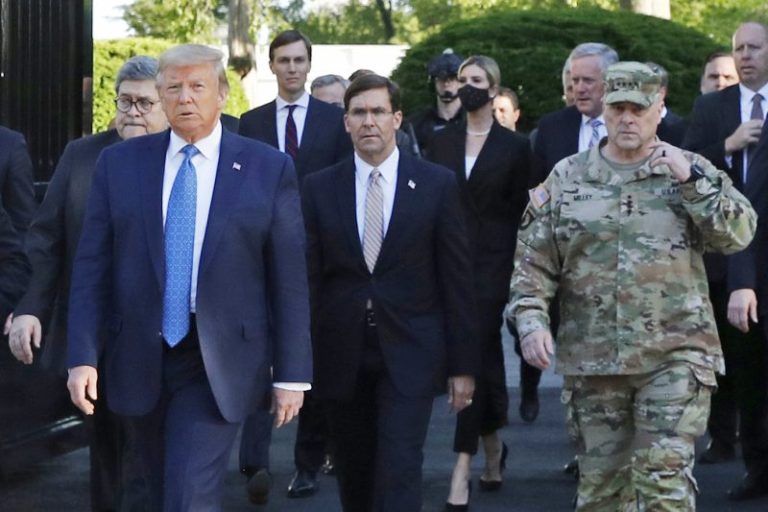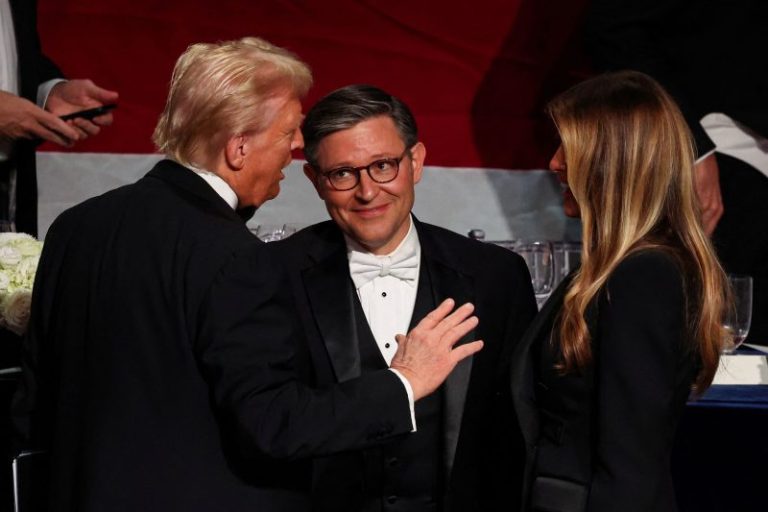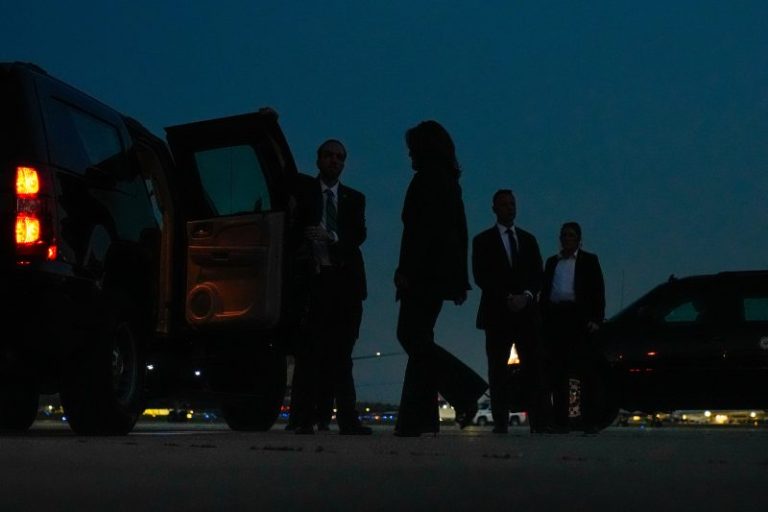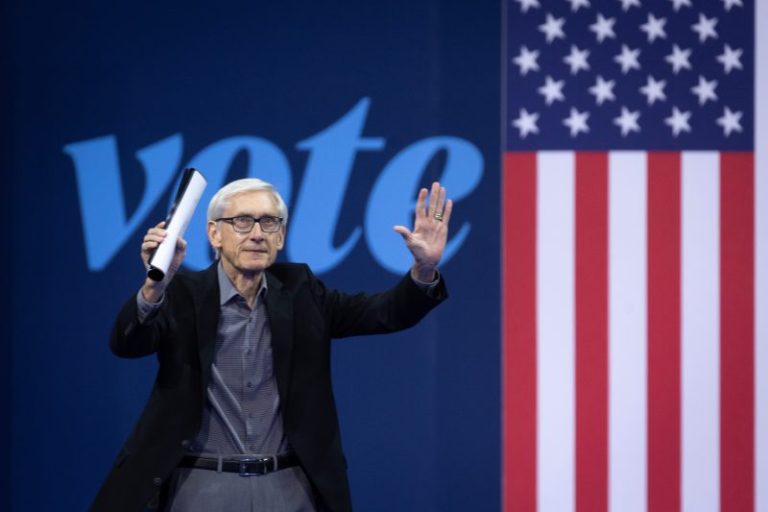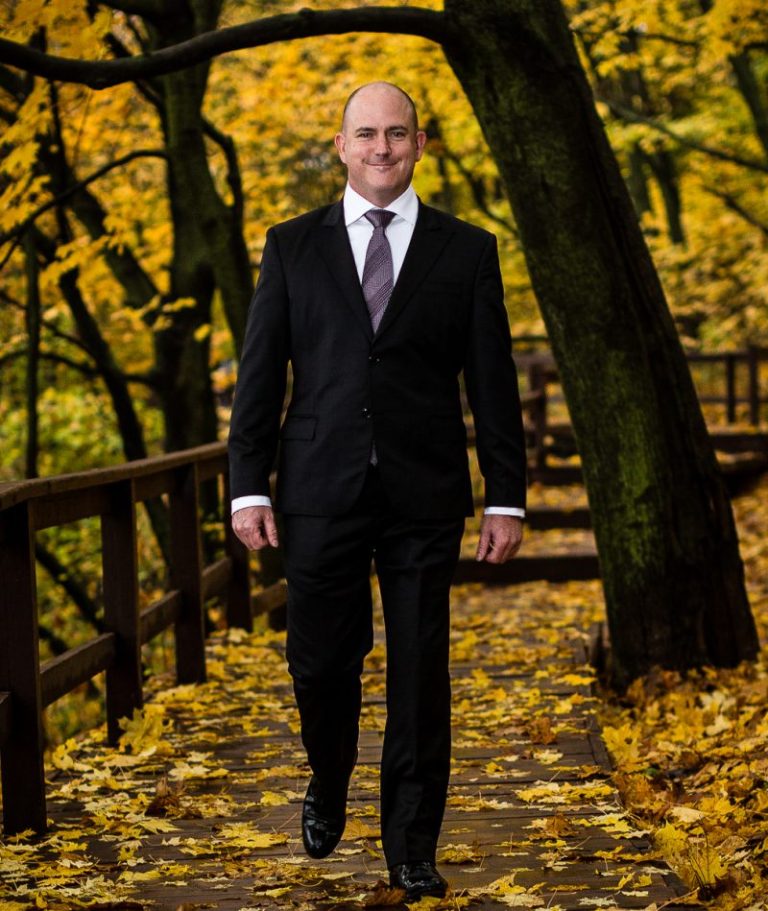“And there’s very few states that benefit like you do from fracking. I mean, you have 500,000 jobs.”
— Former president Donald Trump, remarks at a rally in Erie, Pennsylvania, Sept. 29
“Kamala has said repeatedly, she wants to ban fracking, which would kill over 500,000 jobs in Pennsylvania alone.”



